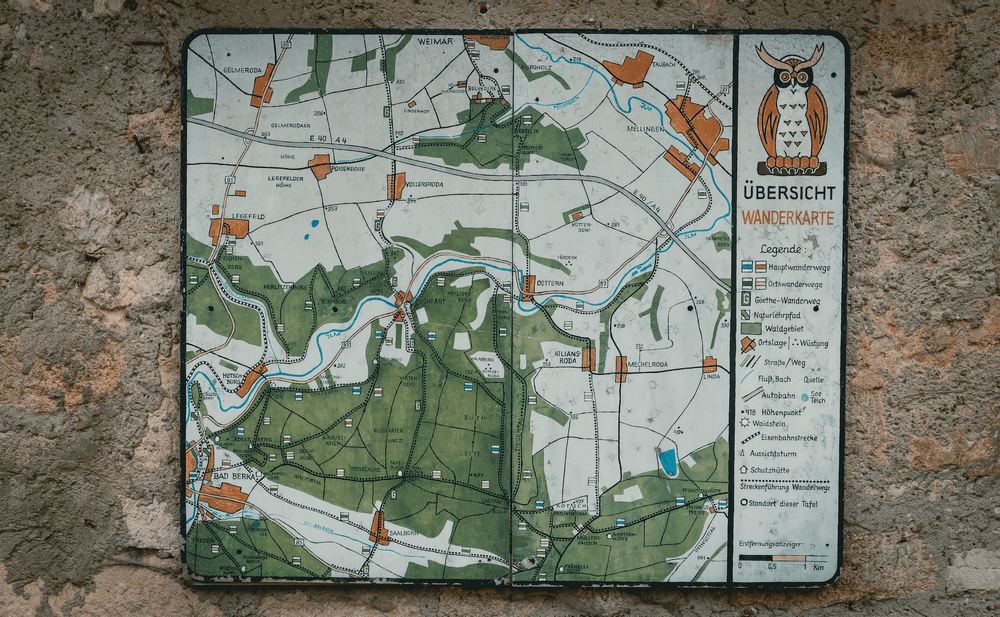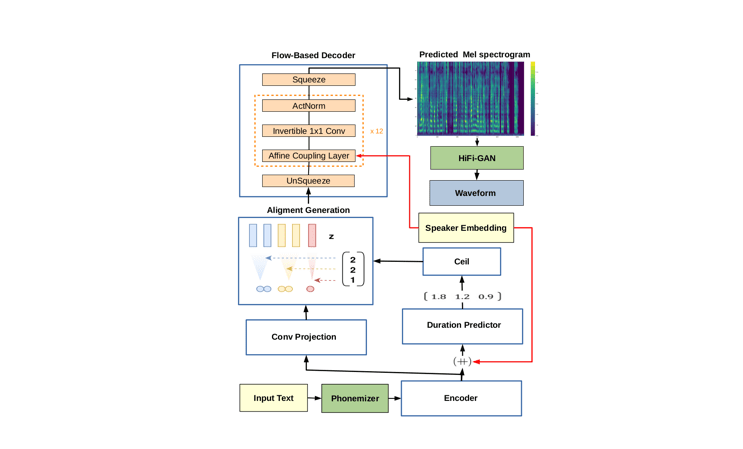Coqui's First Mondays Newsletter
- Welcome
- Coqui STT Playbook
- SC-GlowTTS: An Efficient Zero-Shot Multi-Speaker TTS Model
- Few-Shot Keyword Spotting in Any Language
- New Release: 🐸 TTS v0.0.11

Welcome
By Kelly Davis
Years ago now, I remember starting work on the speech recognition engine that would become the core of Coqui 🐸 STT. Then it was only a dream, creating open source speech technology that brought research into the hands of the enterprise and regular developers. But here we are, years later, and Coqui is a reality.
We’ve grown a lot since then. Coqui 🐸 STT has gone from aspiration to a actuality, powering the enterprise and providing speech technology to numerous low-resource languages. Also, Coqui 🐸 TTS, through that same dream, was born, bringing open, human-quality speech synthesis to regular developers and the enterprise.
I am grateful that you are joining us on this journey, and I want to personally thank everyone who has ever subscribed to our newsletter, used our software, downloaded a model, filed a bug report, joined our discussion forms, or simply given us a ⭐ star on GitHub. Thank you!
Stay tuned; there’s much more to come! 🐸
On to our first, monthly newsletter where you’ll hear what we are up to and general reflections on speech tech!
Coqui STT Playbook

Getting started with speech-to-text can be somewhat intimidating. There are new terms to learn, tools and pipelines to get acquainted with, and a whole lot of excitement about the speech experiences you can build. At Coqui, we want developers to be able to focus entirely on that last part: let their creativity run wild so they can build applications, systems, and experiences using speech that will redefine how users interact with technology in the future.
With that in mind, Coqui co-founder Josh Meyer started a “playbook”: a complement to our technical documentation that told a cohesive story from start to end, covering the entire process of getting familiar with Coqui 🐸 STT (and STT in general), defining all the pieces of the puzzle and how they fit together, and then walking you through the process of collecting and refining your data, training models and getting confident in how they work, and finally deploying your model on your platform and in your programming language of choice.
This idea resonated with the community, and things really kicked into high gear when Kathy Reid joined forces in the creation of the playbook. The result is an opinionated guide that is meant as a smooth onboarding process for getting familiar with STT, getting developers from zero to a working speech-to-text system, and giving them the knowledge and confidence to start tweaking with their processes and finding the best tailored way to make speech work for them.
At Coqui, we want to take this idea to the next level: we want developers to be able to build speech experiences effortlessly, as well as to easily share their work with the speech community - be it tools, models, new architectures, or datasets. As a first step, we have released the updated STT playbook, readable now on our main documentation site. We will continue to refine our documentation, tools, and models working together with our brilliant community to bring speech research into reality.
Don’t forget to check out the updated STT playbook and join our growing speech community.
SC-GlowTTS: An Efficient Zero-Shot Multi-Speaker TTS Model
By Eren Gölge

At Coqui, we’re motivated to provide speech technology for all languages and people. One of the problems we’ve encountered along way is data-hungry machine learning models. For some languages the data simply isn’t there! Finding enough data is hard, and even if it’s available, training machine learning models is difficult too.
To solve a part of this problem for text-to-speech tasks, we investigated different zero-shot learning approaches using state-of-the-art text-to-speech models. (Zero-shot learning techniquies can greatly reduce data requirements for some algorithms.) This investigation bore fruit! We came up with a new algorithm we christened “SC-GlowTTS”, a catchy name I know. SC-GlowTTS can generalize to novel speakers after training with only 11 speakers for the target language. This means we need less data!
Soon after this newsletter finds its way into your hands, we’ll release SC-GlowTTS’s code, models, and an associated article. Please stay tuned! But, if you can’t wait, check out the SC-GlowTTS project page.
This is a work of all the Coqui 🐸 TTS community but special thanks to the main author Edresson Casanova who organized and did the brunt of the work and Nicolas Michael Müller for training the most expansive open source speaker encoder, which we used in this work.
It is great to see how an open community of great developers and researchers can innovate without borders. We hope this is just a start for us and our great community to pave the way for open source TTS.
Few-Shot Keyword Spotting in Any Language
By Josh Meyer

We have traditionally focused on open vocabulary speech-to-text at Coqui, but now we are expanding to new horizons.
The flexibility of open vocabulary STT is great: you can say literally anything to a Coqui 🐸 STT model, and it will transcribe it. However, there are many applications where you don’t need to transcribe every word, you just need to spot a few keywords in the stream of audio. One common application of this is wake word detection, e.g. ”Hey, Computer”. For the task of wake word detection, deploying a large, open vocabulary STT model is impractical on edge devices. (Edge devices have very small compute resources and assume limited power consumption.) As such, we’ve begun research into robust, multilingual, practical model architectures for keyword spotting.
Collaborating with researchers from Harvard University and Google, Coqui co-authored a publication on an extremely efficient keyword spotting technique that scales to any language. The training technique is intuitive and it works: we first train a base model to classify lots of keywords in lots of different languages. This is a classification model, not a transcription model. This base model does really well for the keywords on which it was trained, but we really care about how well this model can perform on new keywords that it’s never heard in new languages. The answer: it does great! We can fine-tune this base model to any new keyword in any language with just five audio clips of the new word.
We submitted this work to the INTERSPEECH 2021 conference. Wish us luck on acceptance! Until INTERSPEECH 2021, let us whet your appetite with this teaser, the abstract for the paper:
Abstract: We introduce a few-shot transfer learning method for key-word spotting in any language. Leveraging open speech corpora in nine languages, we automate the extraction of a large multilingual keyword bank and use it to train an embedding model. With just five training examples, we fine-tune the embedding model for keyword spotting and achieve an average F1 score of 0.75 on keyword classification for 180 new keywords unseen by the embedding model in these nine languages. This embedding model also generalizes to new languages. We achieve an average F1 score of 0.65 on 5-shot models for 260 keywords sampled across 13 new languages unseen by the embedding model. We investigate streaming accuracy for our 5-shot models in two contexts: keyword spotting and keyword search. Across 440 keywords in 22 languages, we achieve an average streaming keyword spotting accuracy of 85.2% with a false acceptance rate of 1.2%, and observe promising initial results on keyword search.
New Release: 🐸 TTS v0.0.11
By Eren Gölge
Oh, one more thing!
We are happy to release two new German 🐸 TTS models trained and shared by the great ThorstenVoice.
You can see a list of all the released models and you can start using them with the simple command line calls:
> pip install -U tts> tts --list_models> tts --text "Coqui TTS is great!" --out_path path/to/save/output.wav> tts --model_name tts_models/de/thorsten/tacotron2-DCA --text "Coqui TTS ist bereit, Deutsch zu sprechen." --out_path output.wav